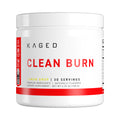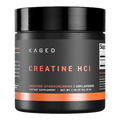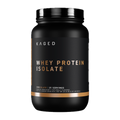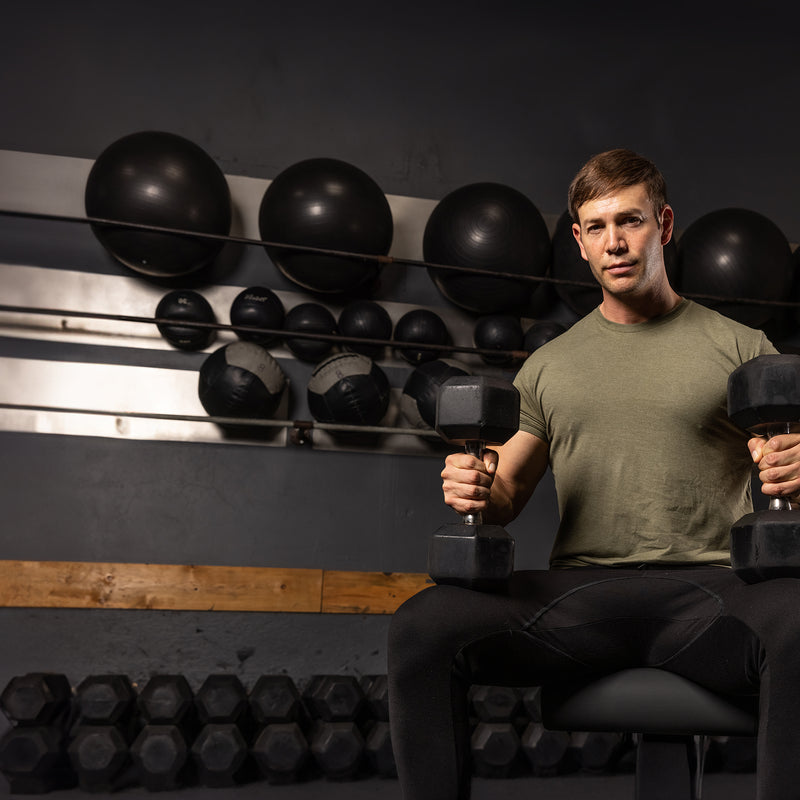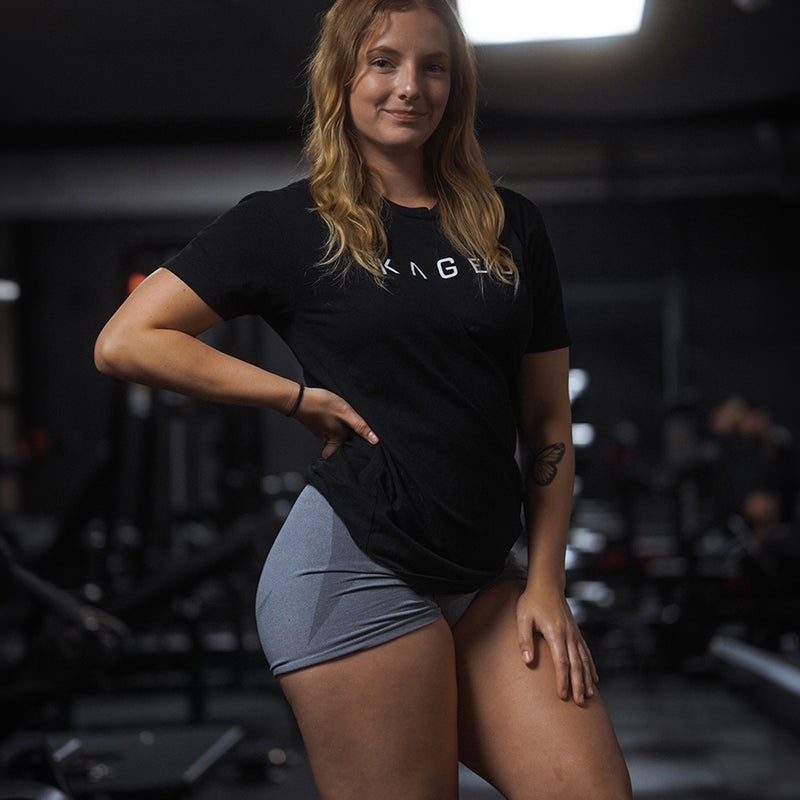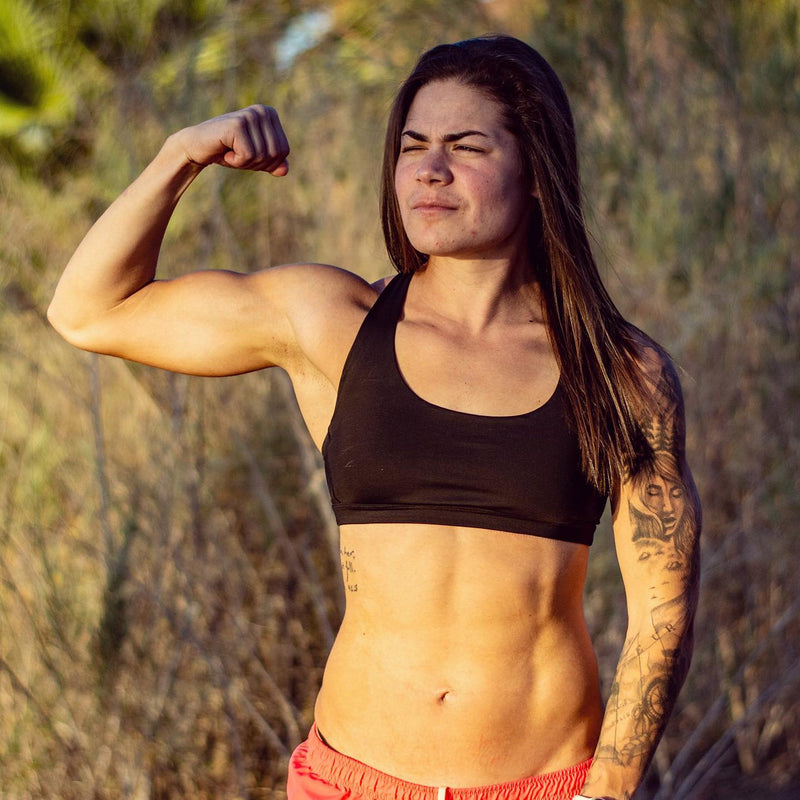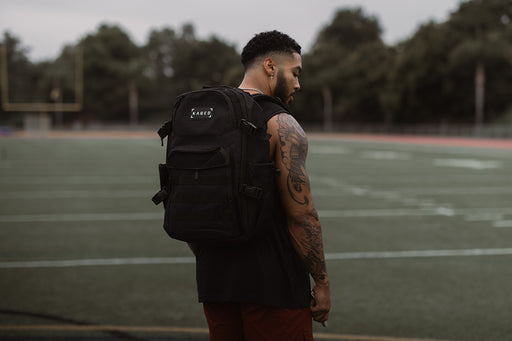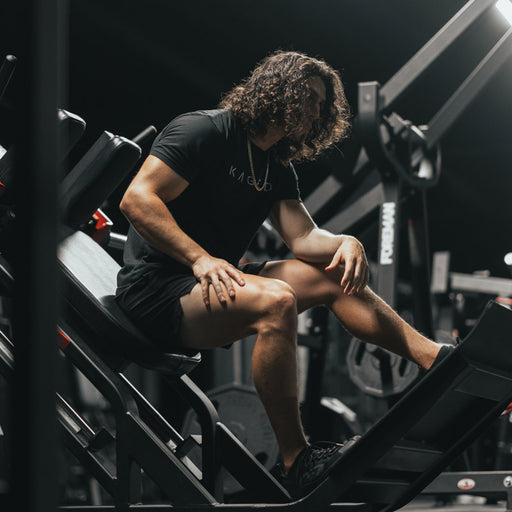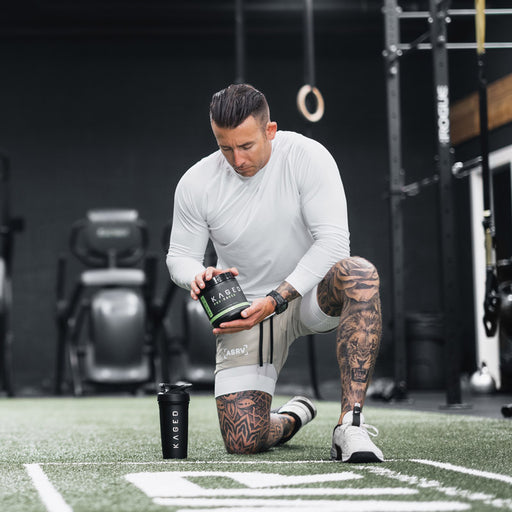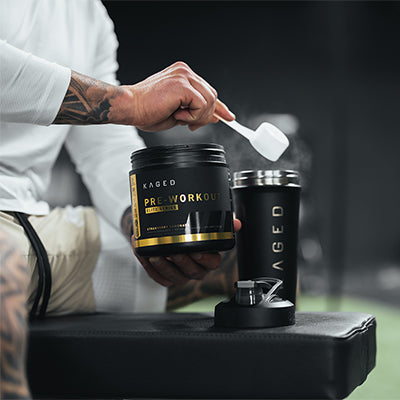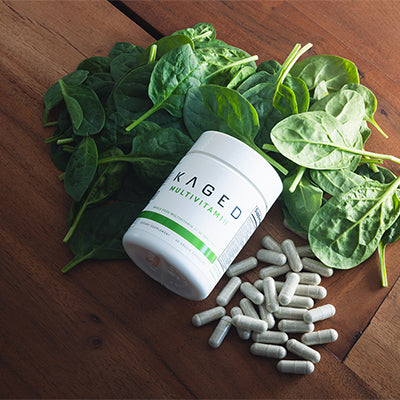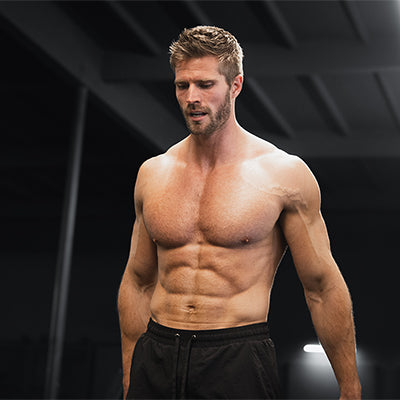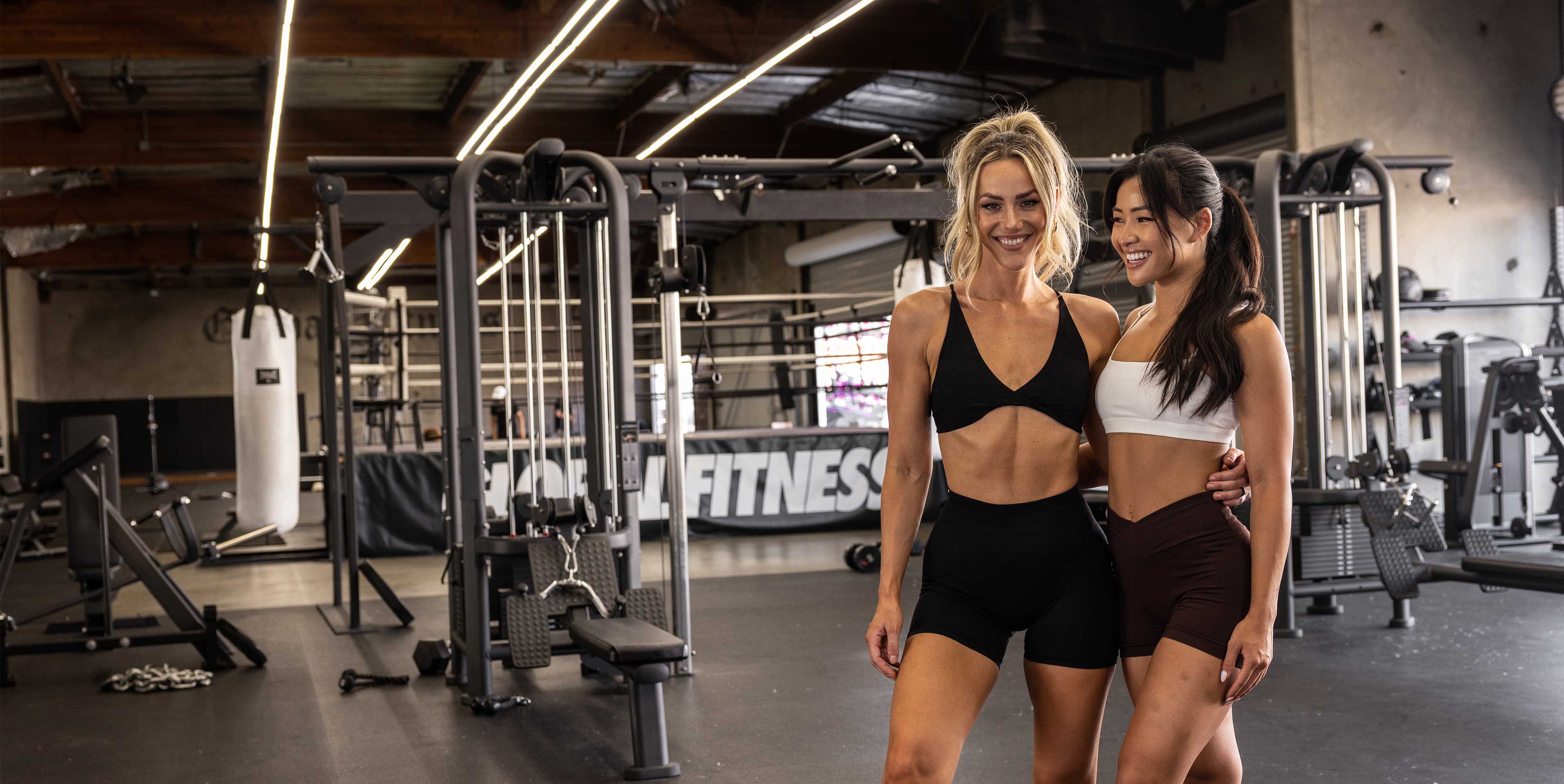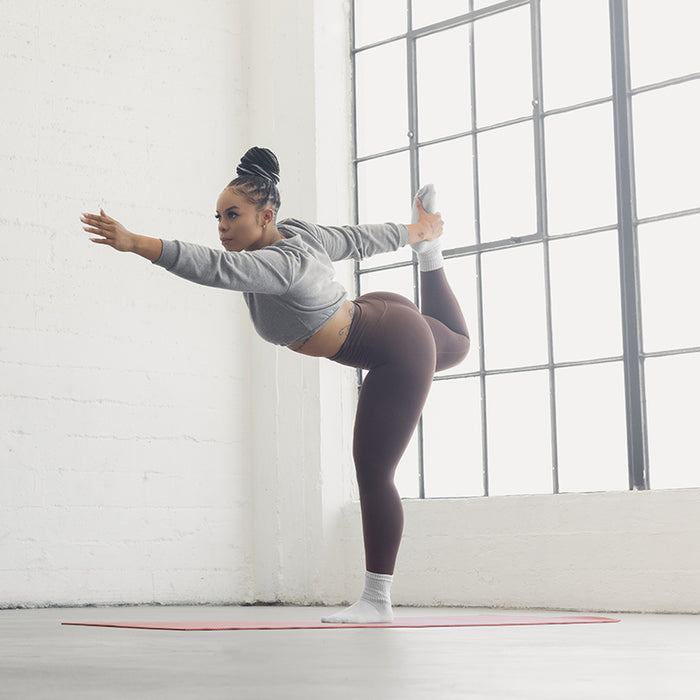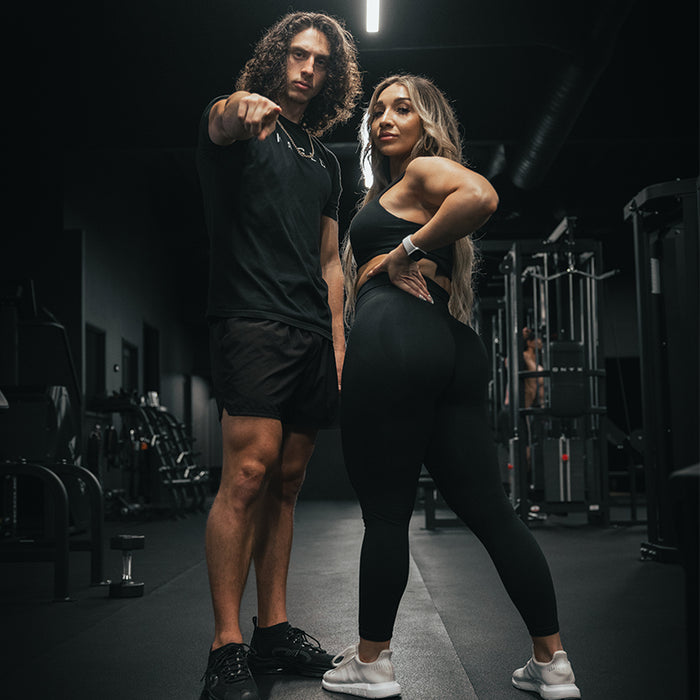Having a strong set of biceps provides great shape to your arms, and also helps you perform many daily tasks like carrying all your groceries in one trip.
If you feel like your biceps are a lagging body part, or you want to focus on this muscle group to maximize its growth, there are a few key secrets to help you.
Biceps training is as much about training wisely as it is training hard. It's not enough to just hit the gym and blast your ‘guns’ with as many sets of curls as possible. There needs to be a strategy in place so that you can optimize each and every rep you perform.

Keep these 4 tips in mind as you go about your next workout, and soon you’ll have your t-shirts fitting snug around your arms.
Secret #1: Exercise Selection
Choosing the right exercises will help you build the foundation of your program and get off to the right start. If you aren’t doing exercises with the highest payoff, no matter how hard you work, you likely won’t see the growth that you’re after.
The secret to exercise selection is that you must train your biceps through its full range of motion. That means some exercise, like preacher curls, should focus on the "peak" of your biceps. Others should focus on the more lengthened part, like lying cable curls.
This is one of the main problems with just doing classic biceps curls: they only target the biceps in the main part of the range of motion. For maximum strength, injury prevention, and hypertrophy, you must train the full range.
Preacher Curls: For the Biceps "Peak"


Preacher curls provide a few unique benefits.
First is the range of motion. Since in a preacher curl your upper arm is higher up, this shoulder-flexed position places more tension on the biceps peak. It allows you to hit the biceps at its most shortened position, so you can really focus on "squeezing."
Second is stability. Preacher curls make it easy to stabilize the arms, preventing any activation from the front delts or assistance from the lower back,” explains Kris Gethin, CEO of KAGED. When training biceps, it’s critically important that you can zero in on the bicep. Any time momentum is used, you’ve lost the mind-muscle connection.
Incline Bench Dumbbell Curls: Tension at the End Range
At the other end of the spectrum is an incline bench dumbbell curl. For this one, you'll lie on a bench at about a 60 degree angle. Grab light dumbbells, much lighter than you would for typical dumbbell curls.
This angle will bring your shoulder back naturally, and you'll likely feel a stretch in your biceps at the bottom as you curl. This will help you strengthen you bicep where it's weakest: in its most lengthened position.
In turn, this will help your biceps grow.
Alternate Dumbbell Curls: Focus on Unilateral Contractions


Of course, classic biceps curls have their place too. Performing them in an alternating fashion with dumbbells have a few benefits. First, with dumbbells the free range of motion allows you to target the biceps while removing any unwanted stress from the wrists and elbows. This helps prevent unnecessary injury.
Second, doing one arm at a time allows you to mentally focus on "squeezing" the muscle. We call this the mind-muscle connection. Bodybuilders have talked about this for decades, and in recent years, research has affirmed what they've always knowns intuitively: when you focus on the muscle, you work it more.
Lying Cable Curls
Tto finish up biceps workouts, add lying cable curls to the mix. When lying on the floor, you have to use a lighter weight because you're isolating the biceps without engaging your core. This position also eliminates the natural swing from both the lower and upper back, so this is a perfect move to really get the biceps feeling it.
Strictly isolating the biceps, especially at the end of the workout, will flood the muscle with blood and have you feeling the burn.
Secret #2: Perfecting Your Rep and Set Ranges For Biceps
Once your exercise selection is in place, the next step is to perfect your rep and set ranges. This will directly influence how much weight you’re lifting, thus the nature of the progress you see.
For maximum bicep growth and strength gains, IFBB Men’s Physique Pro and Kaged athlete Daushon McGregor recommends working through two primary rep and set ranges: 4 sets of 10-15 reps and 3 or 4 sets of four to eight reps. “Switching between the set and rep ranges can help overcome plateaus,” he explains. Your biceps can quickly adapt to any stressor you place on them, so by switching it up regularly, you can help avoid this.
“Additionally, I like getting both set ranges in there because it can help to improve strength levels, maximize muscle growth, and it shocks the system so that the body doesn’t adapt to the same old routine.”
You may be tempted to always perform your bicep work using a higher rep range because it’s thought to best stimulate hypertrophy. However, keep in mind that building strength is also a key element in building muscle size.
Strength can be gained through using heavier weight in the lower rep range, which will help you progress to using heavier weight in the higher rep range as well. This is what will keep those muscle gains coming.
Secret #3: Correctly Integrating Arms into Your Workout Routine

How you choose to add your arm exercises to your workout routine also matters. The integration of arm work will largely depend on your overall physique goals, your rate of recovery, and your time availability to hit the gym.
Some trainees may not be able to frequent the gym 5-6 times per week or have the recovery capacity to do so. In these cases, arm training will likely be tacked onto another muscle group.
For Kaged athlete Marzena Tkcazyk, this is her preference. “I don’t often dedicate a day specifically to training arms,” she says. “My biceps and triceps are usually incorporated at the end of a workout in which they have already been pre-fatigued with, such as biceps after training back.”
Since your biceps assist on pulling movements, and your triceps come into play on push movements, by fatiguing them first with compound exercises, you’ll have to do less work at the end to maximize the fatigue you feel on the individual arm muscles.
This also allows you to train your major body parts at a higher frequency during the week since you don’t have that single day devoted to arms.
For athletes who are happy with the rest of their body and just want to bring up the lagging bicep muscle, a full day dedicated towards arms may just be what you need.
Remember, there’s no right or wrong way to add your bicep training to your workout routine, but rather, you need to take into account your own unique situation.
Secret #4: Get Close to Failure
Finally, when it comes to actually executing those workouts, remember that how you lift counts.
It does not matter if you have the perfect exercise and rep range. If you don't challenge your muscles, they won't grow.
“For me to ever achieve that desired pump – the one that makes you feel as if your arms are burning, it’s important to mix and match exercises,” says Tkaczyk. “Even more important though is to extend your normal sets until your muscles feel as if they’re on fire – if it doesn’t hurt, you aren’t doing it right.”
She notes that it’s critical to remember you aren’t a powerlifter here. You aren’t trying to break a record and the goal is to accumulate as much fatigue by pumping your arms full of blood. “Slow, controlled reps with a smooth transition from lowering to lifting and back to lowering is what you want to focus on.”
For more tips and techniques, check out this article on 5 muscle-shocking techniques for growth.
So keep these four tips in mind next time you’re hitting the gym for a bicep workout. Train wisely and you’ll start seeing solid results. To get started, feel free to use the workout provided below.
Sample Back & Arm Day Workout
|
Bentover Barbell Rows
|
4 sets
|
6 reps
|
|
Weighted Pull-Ups
|
4 sets |
6 reps |
|
Horizontal Cable Rows |
3 sets
|
8-10 reps
|
|
Close Grip Lat Pull-Downs |
3 sets
|
8-10 reps
|
|
Preacher Curls |
4 sets
|
4-8 reps
|
|
Alternate Dumbbell Curls |
4 sets
|
10-15 reps
|
|
Lying Cable Curls |
3 sets
|
10-15 reps |
The Perfect Supplement Stack to Equip Your Biceps for Growth
Now that you have a great workout in place, it’s time to match that workout with the right supplements.
By using the right products, you can promote even better growth and faster recovery between sessions. But for arm workouts, you don't need 15 different supplements and tons of stimulants. That's why we'll offer the perfect stack to fuel you biceps workouts.
1) Kaged Pre-Workout Sport
Pre-Workout Sport is a perfect moderate-intensity pre-workout. It contains 188mg of PurCaf® Organic Caffeine, 4 key electrolytes, and ingredients like Carnosyn® Beta-alanine and plant-based L-Citrulline for performance.
For arm workouts, you don't need high amounts of caffeine. You just need enough to give you clean energy, and some key ingredients to support better workouts. That's why Kaged Pre-Workout Sport is a great option. Save Pre-Workout Elite for your leg day.

SHOP PRE-WORKOUT SPORT
2) Pure L-Citrulline for Pumps
Increase muscle pumps not only supports muscle endurance and recovery, it also supports the mind-muscle connection. Well L-citrulline is in our opinion the best ingredient for muscle pumps.
That's why we include it in all of our pre-workouts. However, for your bicep workouts, Pre-Workout Sport contains 3.5g, which is on the lower side, so you can add an addition 3 grams of Pure L-Citrulline Powder for additional pumps.
Combining these makes the perfect pre-workout for your arm day. We believe that L-citrulline is the superior form, as we discuss in this article on L-citrulline vs citrulline malate.

SHOP L-CITRULLINE
3) Whey Protein Isolate to Build Lean Muscle
Last, if you want to build muscle, you need to give your muscles the fuel to do so. Post-workout, grab a shake of Kaged Whey Protein Isolate. This ultrafiltered protein uses ioWhey®, a patented form of whey protein isolate shown to support increased absorption of key amino acids.* In some studies, this has translated to better results in building lean muscle.*

SHOP WHEY PROTEIN ISOLATE
Of course, remember that no supplement will lift the weights for you. They are tools in your arsenal, scientifically designed to amplify your results. However, it's still up to you to put in the work.

